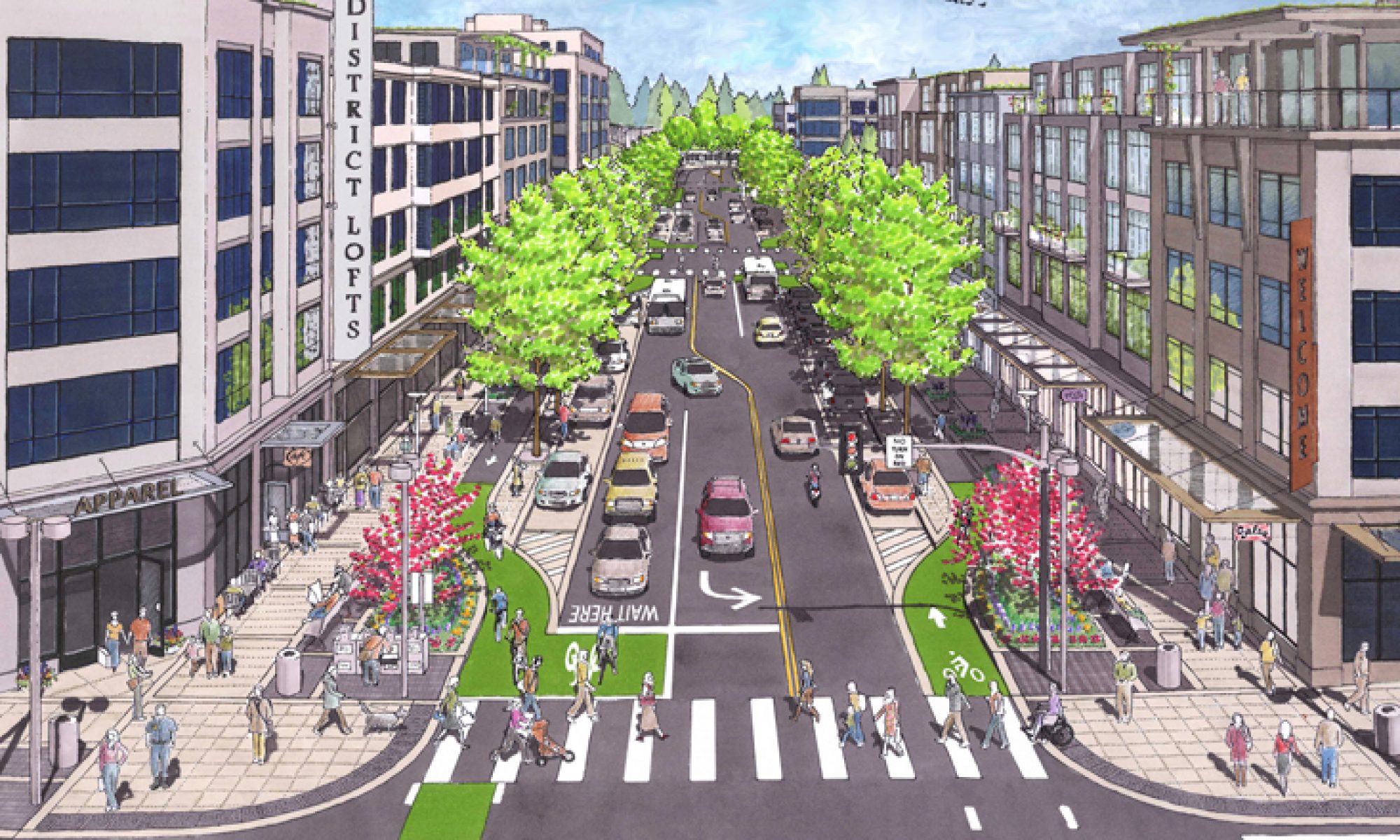How safe do you feel on Asbury Park city streets? We’d love to hear from you. Email: apcompletestreets@gmail.com
We all walk sometimes. Some of us ride bikes, and many drive.
Are you ever fearful when you’re seeing a loved one off in a car, on a bike, or sending a child off walking to school?
What’s Asbury Park doing about safety on city streets?
There have been some efforts to implement measures to calm traffic, but bike lanes are not connected, curb extensions are not built into newly paved roads. School zones lack basic complete streets infrastructure.
Our streets are wide and seem to invite speeding, so that’s what drivers do. Drivers routinely ignore stop signs, and run through right turns on red without stopping.
Factors that worsen pedestrian safety include long crossing distances, intersections where right-on-red is allowed. More cities are banning right turn on red, and like in Hoboken redesigning streets to save lives. .
Things to know about crosswalks and pedestrian safety.
Meanwhile, there is also a sense of driver entitlement, and simmering anger at anyone using the roads other than drivers.

Road rage leads to traffic violence.
Incidents of road rage escalate across the country. Anger triggered by stress leads to aggressive driving behavior, speeding, and crashes: “humans are just too overwhelmed with, just, everything.”
Road rage in Poughkeepsie involved gunshots, and leads to fist fighting in Ohio days ago.

New Jersey has the distinction of being the most dangerous state in the country for pedestrians.
At some point in life, nearly everyone has been a pedestrian, whether out on an evening stroll, crossing a busy street in the center of town or walking home from school or the bus stop as a kid.
A study has found that the overall number of pedestrian fatalities has increased by 53.34% since 2012.
By gathering and analyzing data from the National Highway Traffic Safety Administration’s fatality analysis reporting system, the study also found that New Jersey is the most dangerous state in the country for pedestrians.
Streets are public space. Everyone deserves to use the space equitably and safely.
In April Smart Growth America reported that pedestrian fatalities are at a historic high.
We know the problem, we know the cause, and we know how to fix it.
Painted stripes on the road are not the only solution.

Our streets are dangerous by design, designed primarily to move cars quickly at the expense of keeping everyone safe.
Let us know what you think about your safety on city streets in Asbury Park. Email apcompletestreets@gmail.com
Onward~
Polli Schildge, Editor APCSC
















